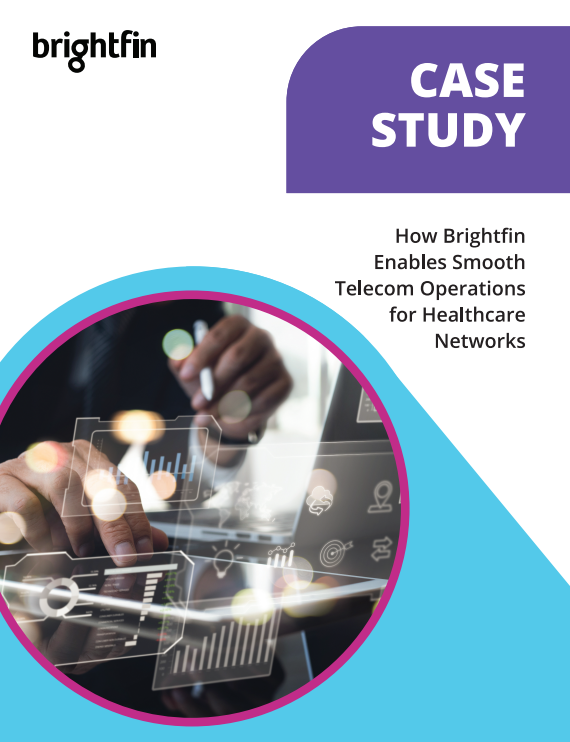The IT industry has been the source of major paradigm shifts in the past couple of decades. The advent of smartphones, laptops, tablets, and other mobile computing devices has introduced dramatic changes in the way people conduct their personal and professional lives.
For organizations, these mobile devices have added thrilling new capabilities as well as new challenges. Gone are the days when employees could only access their mobile devices from desktop computers in the home office. Companies can have remote teams doing business in the field or employees working from home with the help of these mobile devices. But tracking these mobile devices can be challenging—and much is at stake if they aren’t managed properly.
Why Mobile Device Management Matters
There are many ramifications of poor mobile device management (MDM). Devices that contain sensitive company information could become lost or stolen. Software may not be updated properly, causing workers to be less efficient on company time, and devices could be infected with malware that could spread throughout the network. Staying on top of all mobile devices is critical—whether they are owned by the company or owned by employees but used for company purposes.
Best Practices
Here are a few tips for improving your organization’s mobile device management system.
Set Parameters for BYOD
Bring-your-own-device is a relatively new concept, with employees doing work on their own laptop, smartphone, or other devices. This is a great option that allows people to work from home without the company having to purchase their own computing hardware. You could run into trouble, however, if you don’t establish which types of devices you will allow and limit their access to proprietary company information. You should also specify what apps and software are acceptable and how this software should be updated. Make sure that employees are protecting their devices with anti-virus software. If you layout these policies from the beginning, you’ll have a much better chance of enforcing them down the line. And make sure that you are vigilant in your enforcing. Telling someone once that they need some anti-virus software on their computer is not enough. You will need to engage with these employees regularly to ensure that their security-related software is working and is updated.
Require Acceptable Use Agreements
Beyond just BYOD, companies should draft very specific acceptable use contracts that they require all users to read and comply with. Policies may include:
- Live streaming restrictions
- Policies for creating secure passwords
- Software updating schedules
- Acceptable and unacceptable apps
- Anti-virus program requirements
Use Monitoring Solution
If mobile device management sounds like an overwhelming frontier, there are software programs that can help you with this task. They can add security for sensitive data, tell you who is operating with the most current software, monitor network activity, wipe sensitive data from stolen devices, and more. Your IT department still has to operate and manage these solutions, but the programs make your job significantly easier than if you have to monitor all of these things yourselves.
Whether you’re tracking company computers or employees’ privately-owned devices, a carefully-crafted and executed MDM system can help your company be safer, more productive, and more profitable in the end.



